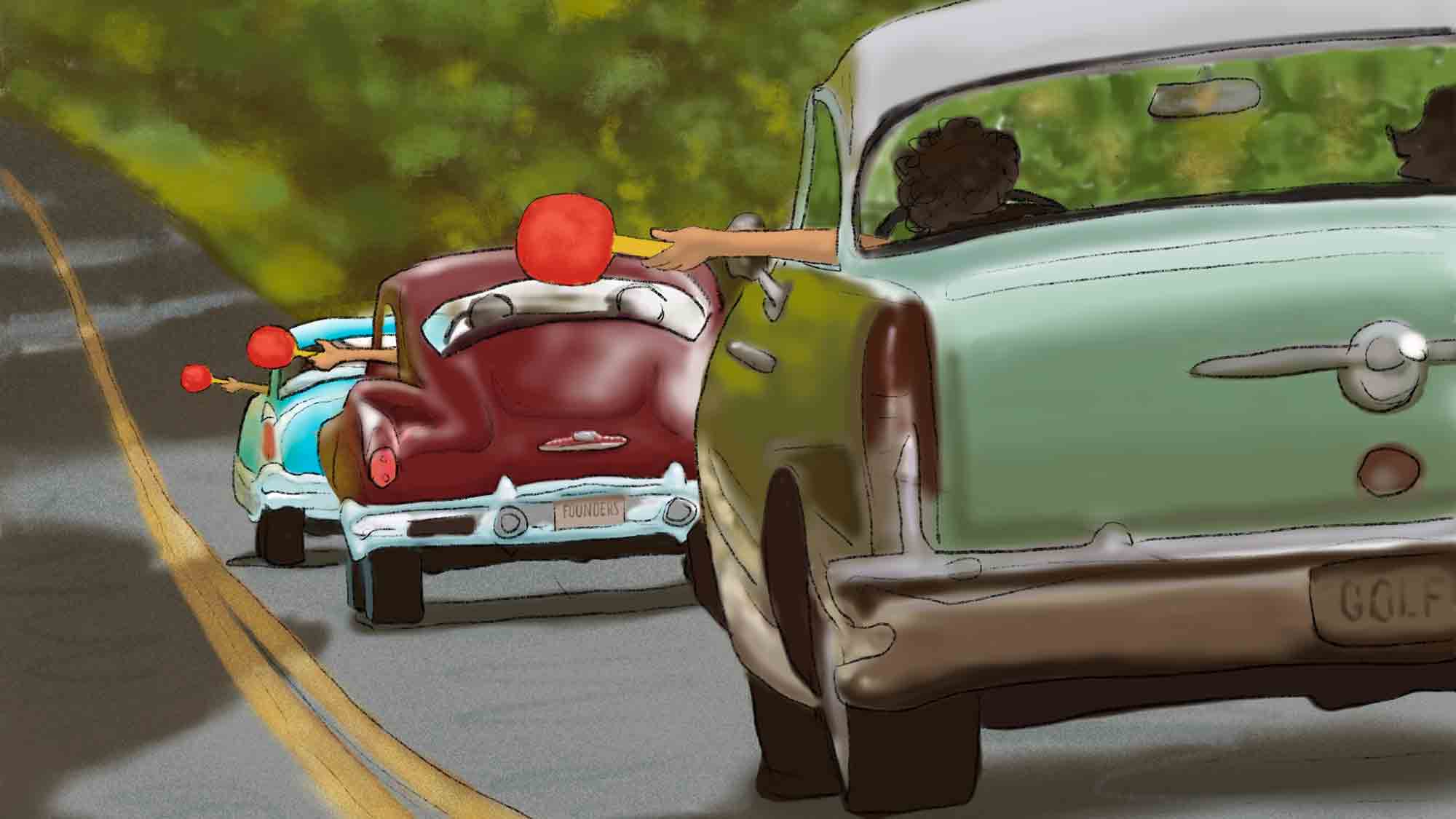Originally published on LPGA.com
One of my favorite anecdotes from the early days of the LPGA is one I call the “Car Caravan” story. I have heard both Marilynn Smith and Shirley Spork tell this over the years, and it never gets old. You could hear the great pride in their voices for this organization and the fond memories they made 70 years ago.
While my version of the story can’t compare to hearing it from actual Founders, I will do my best to make Marilynn and Shirley proud.
It’s 1950. A group of women, some girls, really, who otherwise might not have ever run in the same social circles, were communing around the cause of women’s professional golf. This unlikely social gathering included a wide variety of personalities from teenager Marlene Bauer (and her older sister Alice) to Olympic track and field star Babe Zaharias and former Marine Corp Lt. Patty Berg.
Marilynn and Shirley, both of whom would be instrumental in starting the LPGA’s first Teaching Division almost a decade later, were also joined by the likes of Louise Suggs, a.k.a. “Sluggs” due to her slight build but tricky length, Betty Jameson and the LPGA Tour’s first traveling mom, Bettye Danoff.
You get the idea. A patchwork quilt of characters who came together and, against all odds, were successful in generating interest in women’s golf. Before too long they were traveling from town to town trying to create something that would stick.
These golfers were responsible for every aspect of setting up their event from week to week. So in addition to their clubs and clothes, their cars were packed with other necessities – like signs that promoted the tournaments, paint and stakes for marking hazards and roping off the course and the all-important books and ledgers they needed to write out the checks to pay players and keep track of the money. Each car carried important cargo, in addition to the women. And it was imperative that everyone knew where they were going and would get there on time.
So, they traveled by caravan.
Imagine—the thousands of miles of open highway, from The Titleholders in Augusta, Georgia, to Pebble Beach, California, where they would next play the Weathervane. Can’t you hear the echo of their conversations, the laughter inside those cars with some American Bandstand music playing on the radio?
The part of this story I remember most is the way they would communicate from car to car when a pitstop was necessary. Remember, there were no cell phones, no texting each other. What they came up with was a clever, color-coded paddle system. I might have the colors wrong but if someone needed a potty stop, they would hold a green paddle out the window. Yellow meant people were getting hungry and red meant gas was getting low.
Low tech but effective. The lead vehicle would signal to exit, and everyone would follow. That is how this traveling sisterhood made it from tournament to tournament. Everyone working together, in some small way, to insure their arrival into the next tournament town.
It would take a lot of this kind of creativity to build a successful tour.
Next time we’ll take a look at some of the things these women used to do to promote themselves.

I love women’s golf. My hat is off to the ladies that made it happen in the beginning.
So glad these women opened the way for others! What a Funtime they must of had together! I know I enjoy the LPGA amateur women’s association in San Antonio, Texas!! What a wonderful group of ladies